R K Nayyar
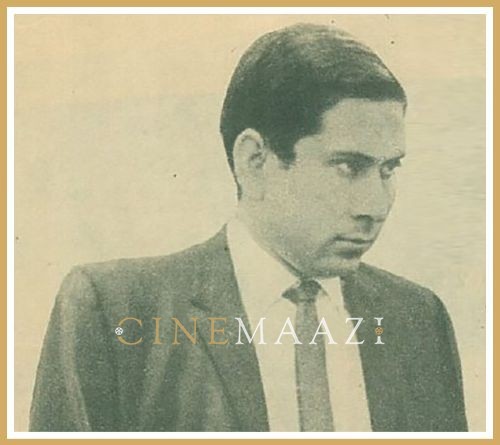
Subscribe to read full article
This section is for paid subscribers only. Our subscription is only $37/- for one full year.
You get unlimited access to all paid section and features on the website with this subscription.
Not ready for a full subscription?
You can access this article for $2 , and have it saved to your account for one year.
- Real Name: Ram Krishna Nayyar
- Born: 1930 (Lahore)
- Died: 1 October, 1995
- Primary Cinema: Hindi
- Spouse: Sadhana Shivdasani
Director, producer and screenwriter in Hindi language films, R K Nayyar is known for films such as Love in Simla (1960), Yeh Zindagi Kitni Haseen Hai (1966), Intaqam (1969), and Qatl (1986). He was married to popular actress Sadhana Shivdasani. To him goes credit for grooming Sadhana, and helping create the famous ‘Sadhana cut’ hairstyle to disguise her high forehead.
Born Ram Krishna Nayyar in 1930 in Lahore, he served as an assistant director on Aah (1953), followed by Boot Polish (1954) and Miss India (1957). Aah, a romance drama, was produced by Raj Kapoor and directed by Raja Nawathe. It featured Kapoor and Nargis in the lead. The film was rated below average at the box office but its songs such as Raja ki aayegi baaraat, Aaja re ab mera dil pukara and Jaane na nazar achieved popularity. Nayyar assisted director Prakash Arora on the family drama Boot Polish. Starring Kumari Naaz, Ratan Kumar and David Abraham, the film revolved around a pre-teen brother and sister, abandoned by their father, who are to be taken care of by an abusive prostitute aunt. They survive life in an Indian squatters' camp, aided by a friendly cripple, by learning to shine shoes instead of begging. He went on to assist I S Johar on the drama film Miss India, starring Nargis, Pradeep Kumar, and Pran Sikand.
Nayyar made his directorial debut in 1960, with Love In Simla, which was to be the most popular film of his career. A romance film, produced by Sashadhar Mukherjee and his Filmalaya production house, Nayyar also co-wrote the script with Agha Jani. A light musical with humour as well as slapstick comedy, it introduced the producer's son, Joy Mukherjee, in the lead role opposite another newcomer, Sadhana who also made her debut in the film. It told the tale of Sonia, who, after the untimely death of her father and step-mother, is orphaned and lives with her aunt and paternal uncle (General and Mrs. Rajpal Singh). Sonia is plain-looking, like her real mother, and often invites unappreciative taunts and critical remarks from her aunt and cousin, Sheela. Sheela has a boyfriend, Dev Kumar Mehra, whom she plans to marry. Fed-up of the frequent taunts and adverse remarks about her plain-looks, Sonia challenges Sheela that she will make Dev fall in love with her. The film became a hit at the box office, winning fifth spot on the list of highest-grossing films of 1960. When it released in the Soviet Union in 1963, it was reportedly placed third place on the year's Soviet box office chart, and made it as one of the top 20 most successful Indian films in the Soviet Union.
Nayyar had played a key role in the popularity of the film’s lead actress, Sadhana, in their first film together - Love In Shimla. He had just landed his directorial break with S Mukherji’s studio, Filmalaya, on the recommendation of IS Johar, whom he had assisted through Miss India. Nayyar had been inspired by the 1938 film Jane Steps Out, a Cinderella-like story that had been adapted for the screen by British director Paul L Stein. It revolved around a Plain Jane who is always overshadowed by her glamorous sister till her grandmother takes matters into her own hands and transforms her into a teen princess who snags her Prince Charming. Producer S Mukherji was agreeable to this idea of a timeless romantic comedy. When it came to the casting of the female lead, Nayyar surprised everyone when he suggested a little-known teenager, Sadhana Shivdasani. He had seen her in the foyer of Minerva theatre, along with her parents, and then later, on screen playing Sheila Ramani’s younger sister in the Sindhi film Abana (1958).
His suggestion was given the thumbs up; however, the wide-eyed and beautiful Sadhana was considered to have too broad a forehead. Nayyar worked with the team, attempting to disguise it with different hairstyles and wigs; however, nothing clicked. Finally, he decided to try an Audrey Hepburn-like fringe. Nayyar took his leading lady to a Chinese hairdresser at Kemp’s Corner. The cut worked wonders, becoming the fashion fad of the 1960s, and went down in history as the ‘Sadhana Cut’.
Three years later, he went on to direct Yeh Rastey Hain Pyar Ke (1963), a crime romance. Starring Ashok Kumar, Sunil Dutt andLeela Naidu, the plot revolved around a commercial pilot being arrested and charged with killing his wife's lover. Sunil Dutt’s debut production, the film was said to be based on the sensational K M Nanavati adultery and murder case in Bombay. The film was considered to be bold and ahead of its times, and managed only moderate business at the box office.
His 1964 directorial Aao Pyar Karen was a romance drama starring Joy Mukherjee, Saira Banu, and Sanjeev Kumar. His next - Yeh Zindagi Kitni Haseen Hai (1966) starred Saira Banu, Joy Mukherjee, and Ashok Kumar, and would be cited as one of Mukherjee’s ‘major’ films. The film made a play for upholding ‘Indian morals’ by portraying the character played by Saira Banu as refusing to wear a swimsuit for a beauty contest.
Nayyar would go on to direct Intaqam (1969), a drama thriller featuring Ashok Kumar, Sadhana Shivdasani and Sanjay Khan. The film was an instant success at the box office. It also marked the return of Sadhana to films after her brief illness. The film also featured the iconic and first cabaret number rendered by Lata Mangeshkar - Aa jaane jaan. Choreographed by P L Raj, it would also become one of the most popular dance numbers of Helen's career.
The last film he directed – Qatl in 1986, revolved around a blind man who plans revenge on his adulterous wife. A taut thriller, it starred Sanjeev Kumar, Ranjeeta Kaur, and Shatrughan Sinha.
Besides producing Yeh Zindagi Kitni Haseen Hai and Qatl, he also produced Pati Parmeshwar (1990). A family drama, it starred Dimple, Shekhar Suman, and Sudha Chandran. The film had released following a court battle with the Central Board of Film Certification (CBFC), where it was banned for screening due to its perceived glorification of submissiveness of women. While the CBFC refused to rate it, because of its portrayal of the character of Rekha, a forgiving wife whom the CBFC thought was in "ignoble servility" of her husband, the Bombay Court found the ban unjustified.
On the personal front, Nayyar married Sadhana Shivdasani on 7 March 1966. They had fallen in love while filming Love In Simla but faced opposition from her parents on account of her being very young at the time. They were married for nearly 30 years.
R K Nayyar passed away on 1 October, 1995.
References
https://www.hindustantimes.com/fashion-and-trends/sadhana-s-fringe-benefits-from-audrey-hepburn/story-cNVsRoJfB68gvxTwCtKlqI.html
https://www.cinemaazi.com/people/sadhana
https://www.imdb.com/name/nm0623320/
-
Filmography (3)
SortRole
-
Qatl 1986
-
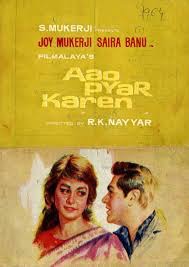
Aao Pyar karen 1964
-
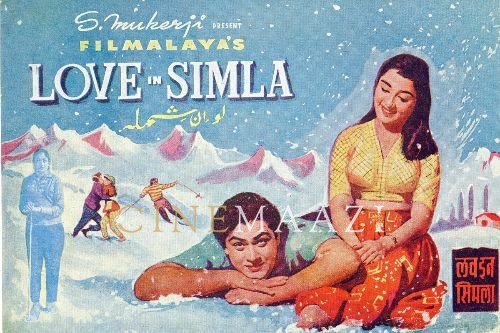
Love In Simla 1960
-



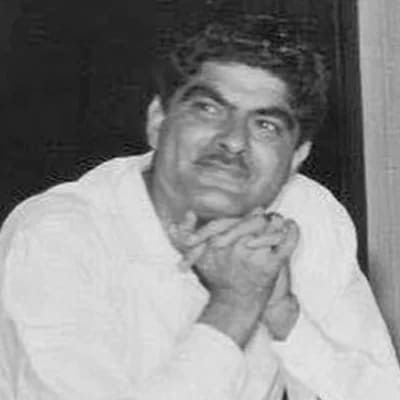
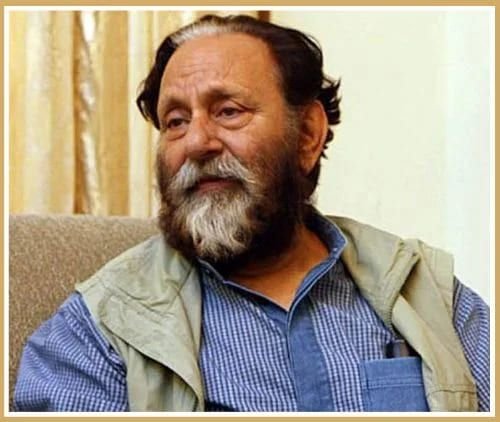
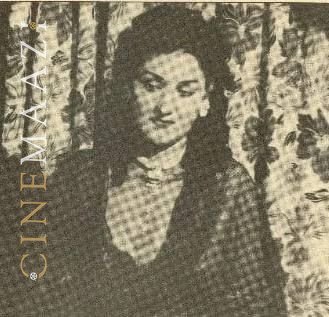
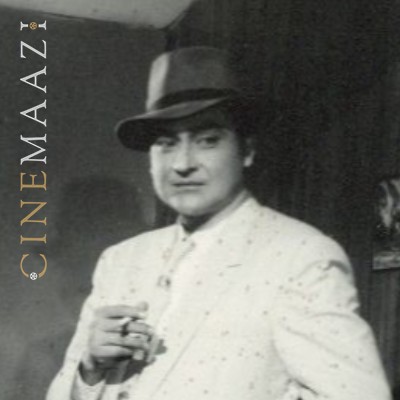

.jpg)



